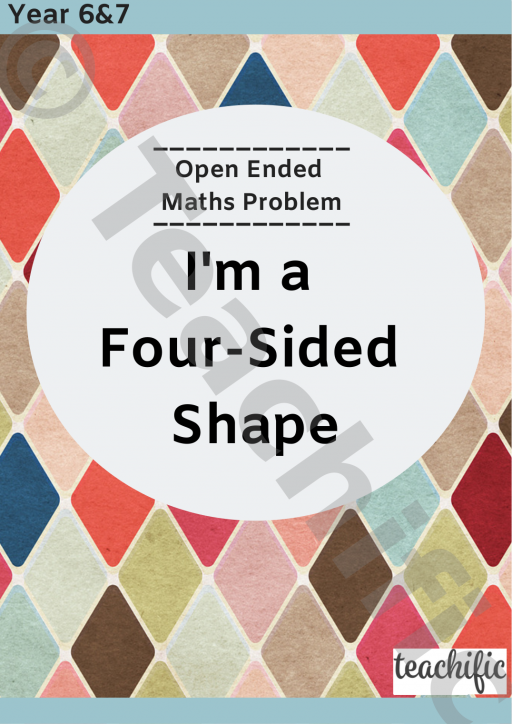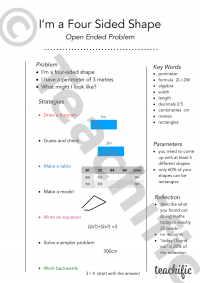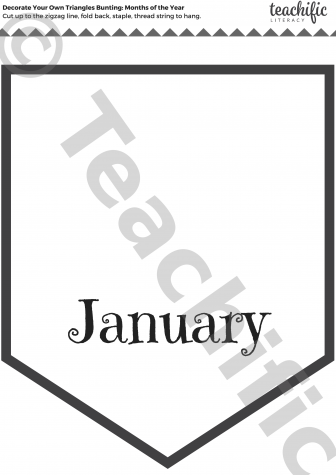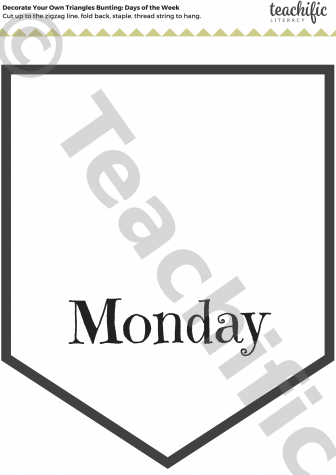About this teaching resource
Expert numeracy consultant Rob Vingerhoets shows how open ended maths problems allow easy entry and provide a high ceiling for all students.
'I'm a Four-Sided Shape' allows year 6/7 students to investigate an open ended problem. Students are given the problem of:
- I'm a four sided shape
- I have a perimeter of 3 metres
- What might I look like?
With the parameters of:
- You need to come up with at least 5 different shapes
- Only 60% of your shapes can be rectangles
You can vary the problem to suit your students.
The most powerful aspect (as shown in the video) is giving students a brief introduction to the problem solving strategies that they can choose from (or a combination of strategies) to solve the problem in their own way. Students must be clear about the strategy they are about to use before commencing the investigation.
The Sharing/Reflection option given in this problem is to describe what they found out in exactly 20 words.
Australian curriculum alignment
The proficiency strands
- understanding includes connecting names, numerals and quantities
- fluency includes readily counting numbers in sequences, continuing patterns and comparing the lengths of objects
- problem-solving includes using materials to model authentic problems, sorting objects, using familiar counting sequences to solve unfamiliar problems and discussing the reasonableness of the answer
- reasoning includes explaining comparisons of quantities, creating patterns and explaining processes for indirect comparison of length
Using measurement
This element involves students learning about measurement of length, area, volume, capacity, time and mass.
Students estimate, measure, compare and calculate using metric units when solving problems in authentic contexts. They read clocks and convert between time systems, identify and sequence dates and events using a calendar and use timetables for a variety of purposes. In developing and acting with numeracy, students:
- estimate and measure with metric units
- operate with clocks, calendars and timetables.
Spatial reasoning
Students visualise, identify and sort shapes and objects, describing their key features in the environment. They use symmetry, shapes and angles to solve problems in authentic contexts and interpret maps and diagrams, using scales, legends and directional language to identify and describe routes and locations. In developing and acting with numeracy, students:
- visualise 2D shapes and 3D objects
- interpret maps and diagrams.
Estimating and calculating with whole numbers
This element involves students using numbers for different purposes.
Students apply skills in estimating and calculating with whole numbers to solve and model everyday problems in a wide range of authentic contexts using efficient mental, written and digital strategies. They identify situations where money is used and apply their knowledge of the value of money to purchasing, budgeting and justifying the use of money. In developing and acting with numeracy, students:
- understand and use numbers in context
- estimate and calculate
- use money.
Reviews
There are no reviews for this resource yet, why not write one?
Report a problem
Please log in to report a problem with this resource
Want this teaching resource?
Members get great benefits such as FREE access to premium resources like this one, discounts on courses and more.
Download includes: PDF 2 pages 569 kb





